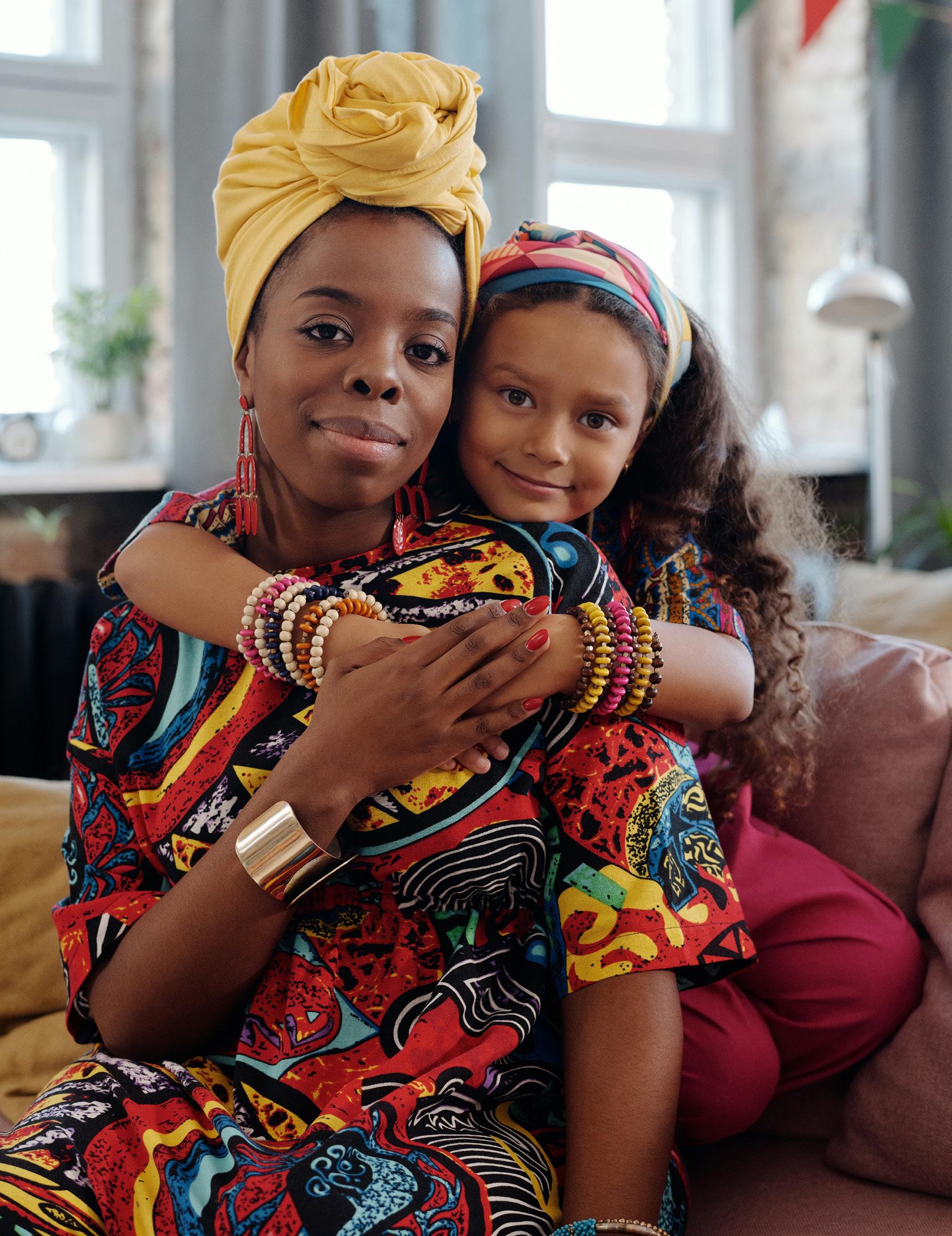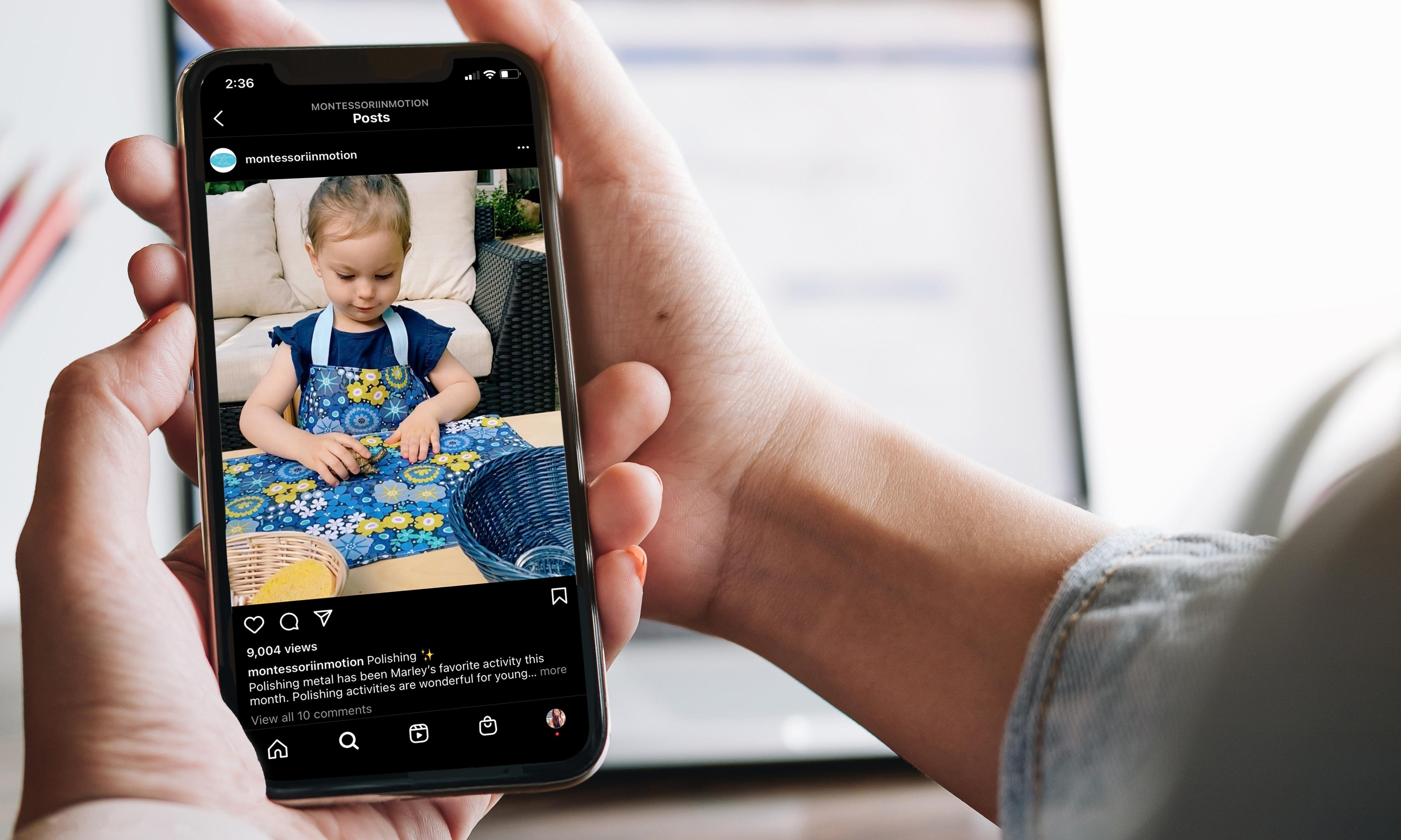THE PATH TO LITERACY by Charlotte Snyder
he path to literacy is unique in the Montessori classroom. Rather than begin by identifying common simple words—cat, ball—we begin with sounds, and move first to writing, then reading. We start with Sound Games, an activity with a child or with a small group, when we introduce the idea of sounds. I’m thinking of someone in our class whose name begins with mmm. Who is it? We start with sounds, rather than letter names, since, more often than not, the letter doesn’t say its name. We might have a collection of small objects, or colors, language a child is already familiar with. We ask a question. “I’m thinking of a color on the rug that begins with ‘p,’ what is it?” Wait for the connection to be made. If a child isn’t identifying the sound, we provide assistance. “I’m thinking of a color in my hand that begins with ‘p,’ what is it?” Perhaps then the information syncs. Pink! It’s pink! We help solidify this knowledge. “Yep! Pink begins with ‘p.’” This isn’t a guessing game. You’re not trying to get the child to guess what you’re thinking; you’re trying to help her identify sounds. When the initial sound is clear, we can introduce final sounds. Pink starts with ‘p’ and ends with ‘k,’ and then we can ask a child what other sounds she hears in “pink.” The initial and final sounds are typically the most obvious, but the middle sounds are just as important for attaching meaning. Writing again takes an unexpected turn. There are two paths here: handwriting and composition. Skills leapfrog one another. A child’s mind might be capable of identifying the sounds in
22
The Metal Insets more closely resemble preparation for handwriting. A child traces a shape, then fills in the outline very carefully. a given word they’re interested in transcribing, but their hands are still developing control and coordination. These two parts of writing (the hand and the mind) are developing independently, and we don’t want to wait for one in order to aid the development of the other. We’re getting a child’s hand ready through materials, such as the Cylinder Block or Pegged Puzzles, where she will hold the knob the same way as she will hold a pencil. Even before she sits down to write, her muscles are preparing.
There are various materials for art that encourage careful use of a tool: colored pencils and crayons; a brush for painting or for glue. We’re practicing tracing shapes with the Geometry Cabinet and then with the Botany Cabinet. What is writing letters but replicating a shape? The Metal Insets more closely resemble preparation for handwriting. A child traces a shape, then fills in the outline very carefully. If you want people to know what you’re thinking, your handwriting needs to be legible.
TOMORROW'S CHILD © § MARCH 2021 § WWW.MONTESSORI.ORG















